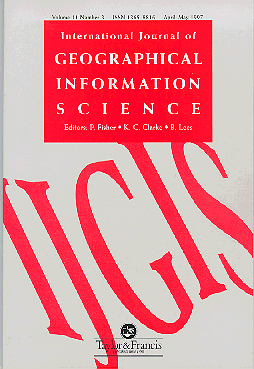A backfitting maximum likelihood estimator for hierarchical and geographically weighted regression modelling, with a case study of house prices in Beijing
Yigong Hu, Richard Harris, Richard Timmerman, Binbin Lu
- 期刊
- International Journal of Geographical Information Science
-

- 页码
- 1 - 34
摘要
Geographically weighted regression (GWR) and its extensions are important local modelling techniques for exploring spatial heterogeneity in regression relationships. However, when dealing with spatial data of overlapping samples – for example, when precise locational information is aggregated to a shared neighbourhood to avoid revealing the addresses of individual survey respondents – GWR-based models can encounter several problems, including obtaining reliable bandwidths. Because data with this characteristic exhibit spatial hierarchical structures, we propose combining hierarchical linear modelling (HLM) with GWR to give a hierarchical and geographically weighted regression (HGWR) model that divides coefficients into sample-level fixed effects, group-level fixed effects, sample-level random effects, and group-level spatially weighted effects. This paper presents a back-fitting likelihood estimator to fit the model, a simulation experiment that suggests that HGWR is better able to capture these effects and the spatial heterogeneity within them than are traditional HLM or GWR models, and a case study looking at predictors of housing price in Beijing, China. The ability of HGWR to tackle both spatial and group-level heterogeneity simultaneously suggests its potential as a promising data modelling tool for handling spatio-temporal big data with spatially hierarchical structures.